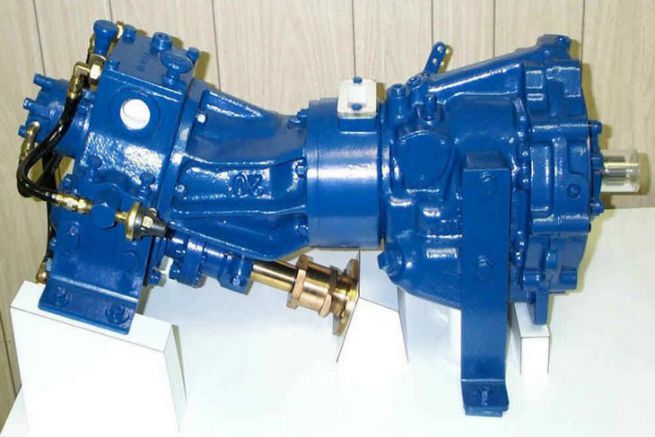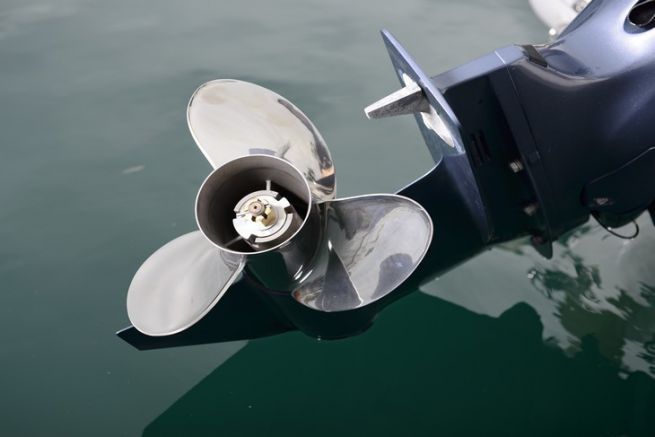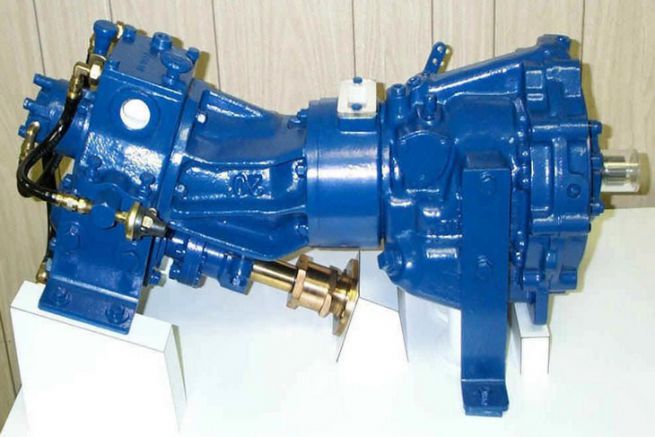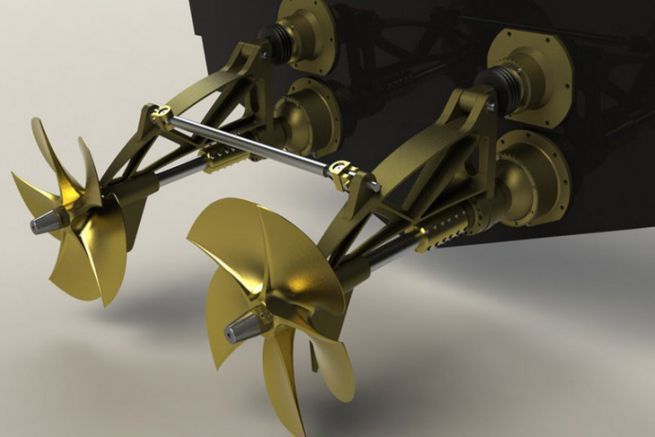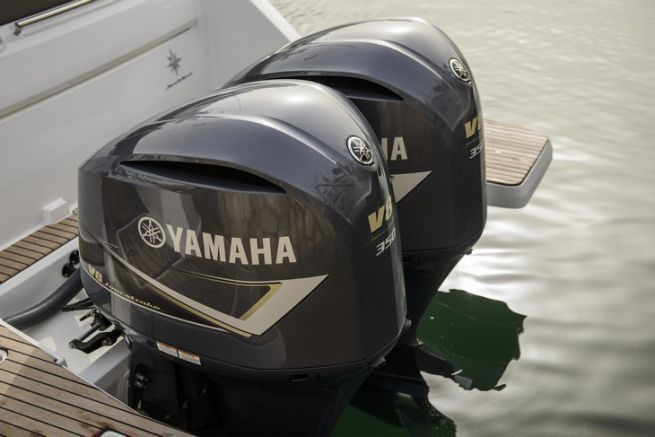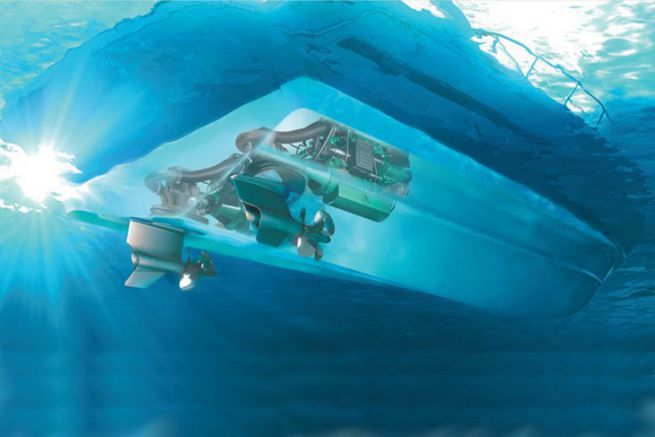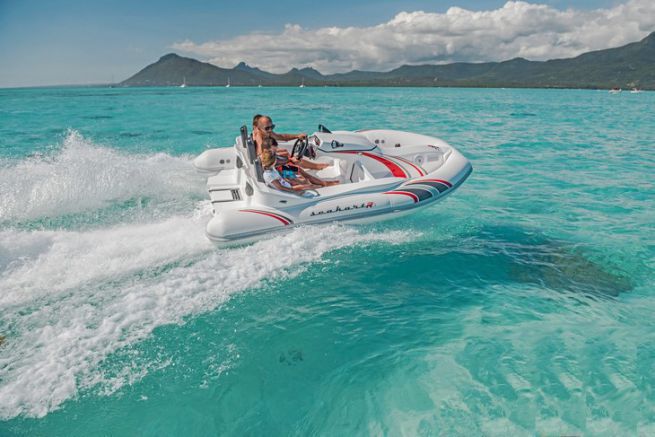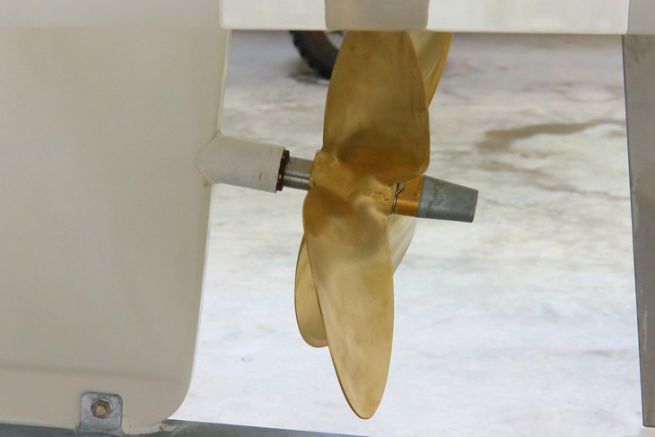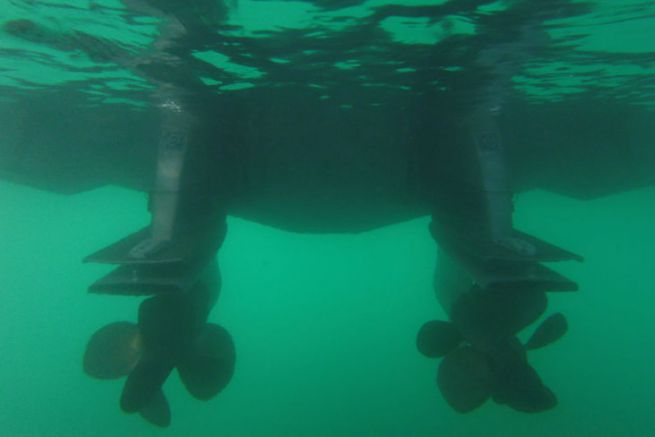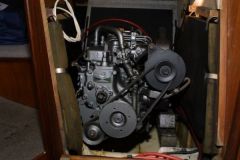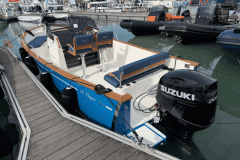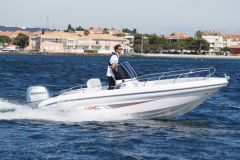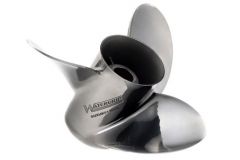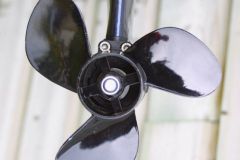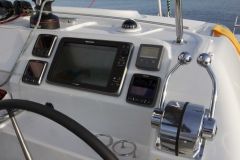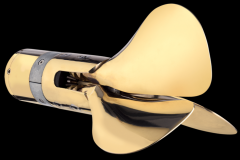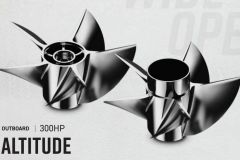Presentation of the V-Drive
The V-Drive is a propulsion system that consists of two shafts. These two trees form a V (hence the name of this propulsion). The motor is installed at the rear of the boat with the front facing backwards (in the reverse position of a shaft line)
The transmission (at the motor output) is connected to an inverter and then to a transmission shaft. The second drive shaft returns to the rear of the boat, below the engine, to the propeller. The two shafts are connected by an angle gearbox (which gives a V-shape).
The bottom of the boat looks like a tree line.
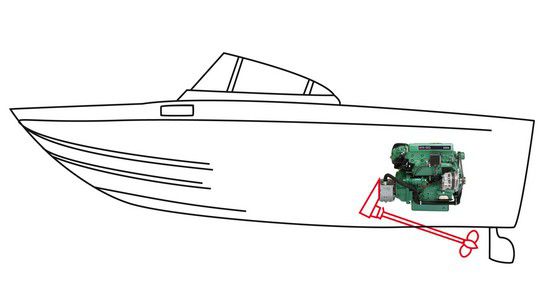
Use of the V-Drive
This propulsion is less and less frequent, but it continues to be used on water ski boats. It can also be found on motor boats that want to maximize the amount of interior space without performance being the priority.
Advantages of sail-drive
- Minimum space requirement for motor and shaft for living space
- All the advantages of the shaft line
Disadvantages of sail-drive
- Weight on the rear of the boat
- Power loss with the passage through the angle gearbox

 /
/ 